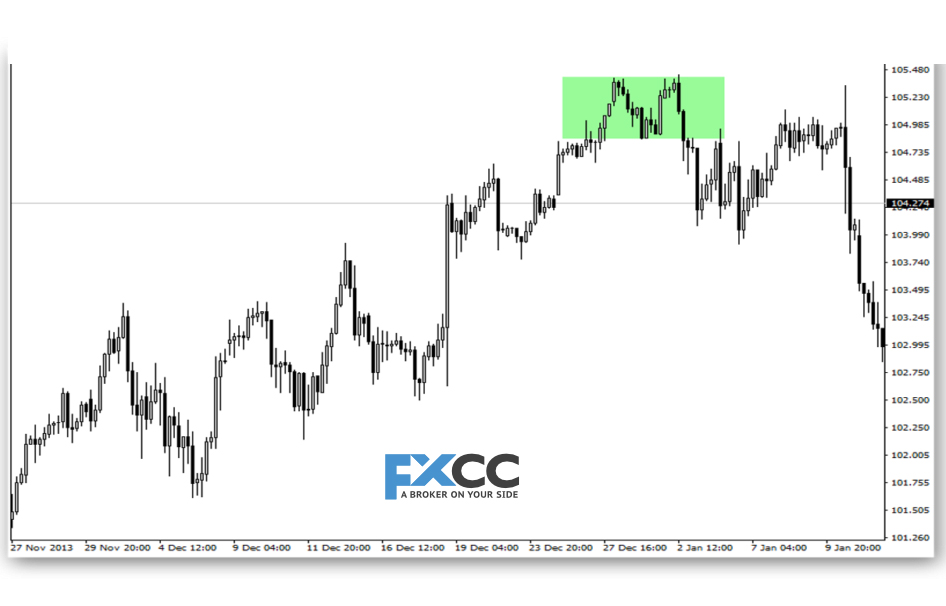
The liquidity of currencies is the ability to quickly exchange them for other currencies. Liquidity is one of the reasons why the forex market so popular among traders.
But how liquidity can affect forex trading and how it is different from volatility?
In this guide, we are going to answer these questions in detail.
Signs of highly liquid currencies
1. There is a situation when a large number of sellers and buyers are ready to sell or buy a currency pair at any moment. This creates an approximately equal ratio of supply and demand. This is when the market is highly liquid.

2. Market pricing: The more the country’s economy is integrated into world space, the higher the liquidity of its currency.
3. Large volumes of transactions: The more interest of an asset, the more participant’s deals are on it, and the greater their volumes.
Currencies with high liquidity have a small spread, as transactions are carried out instantly.
Factors affecting the liquidity of currencies and currency pairs:
1. Market size
A market in which hundreds of traders with transaction volumes of 1-5 dollars affect its liquidity. The USA cannot be called liquid since, at any moment, the equilibrium can be violated by one trader with an application for $1000.
Also, a low-liquid market is in which there are large volumes, but there are only a couple of large investors trading with each other.
2. Session
Forex is around the clock, but people work at a convenient time. When the working day is in Asia, there is more turnover in the Japanese yen, in the European session in euros, pounds, and US dollars.
3. Fundamental factors
Before the holidays, transaction volumes are reduced, and the liquidity of currencies falls. The holidays, news, etc. can also influence the liquidity.
Difference between liquidity and volatility
Currency liquidity is often confused with volatility. There is a connection, but it is not direct, and the inverse correlation is not always observed either.
When selecting a currency pair for a strategy, it makes sense to focus more on volatility, while liquidity assessment is important at extremely fundamental surges.
At the time of the news release (statistics, release), an imbalance in supply and demand arises. In a single rush, most traders conclude deals in one direction. But if everyone puts up buy orders, then who will satisfy them? At this point, market liquidity falls and volatility rises.

Liquidity most often has an inverse correlation, but this dependence is not always present. Since liquidity is relative, there are no calculators to calculate it by drawing an analogy with volatility. Therefore, when choosing a strategy and a currency pair, liquidity is of secondary importance compared to volatility.
Here is an example of the difference between liquidity and volatility: The pair EUR / USD in the European session has high liquidity. There are sellers and buyers worldwide because the market at these moments has a small amplitude of movement (volatility). Any volume of demand or supply is quickly satisfied because the price does not have time to quickly rise or fall. The more liquid the asset, the less volatility it has, and the more a smoothed price chart.
New to Forex trading? Don’t miss these beginner guides from FXCC.
– Learn Forex Trading step by step
– How to read Forex charts
– What is spread in Forex Trading?
– What is a Pip in Forex?
– Low Spread Forex Broker
– What is Forex Leverage
– Forex Deposit Methods


